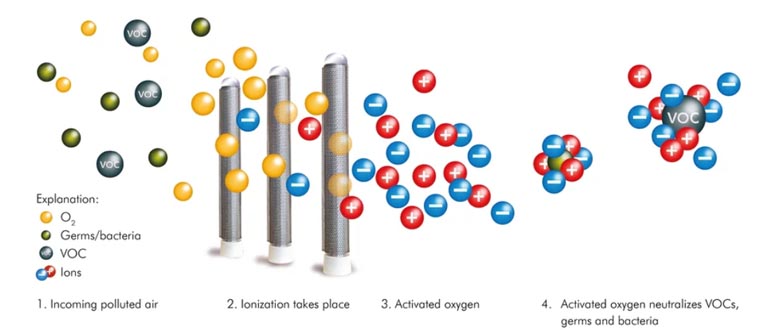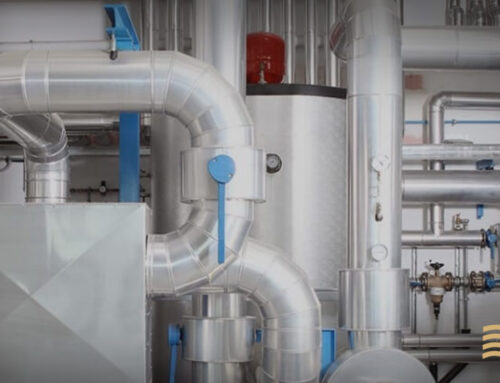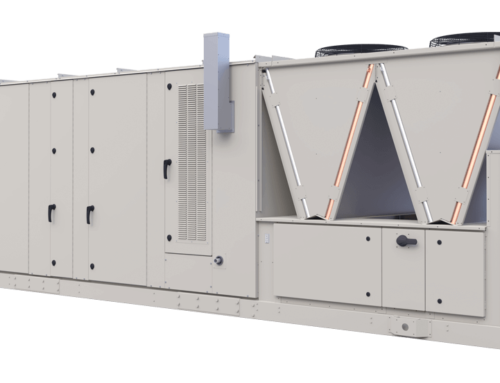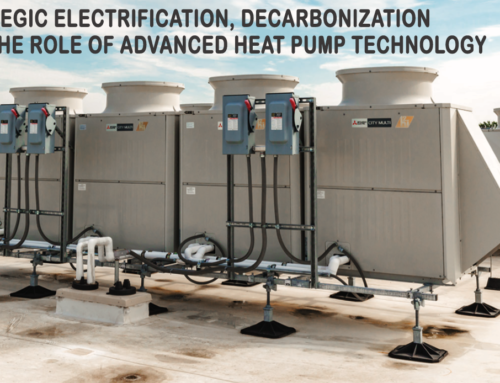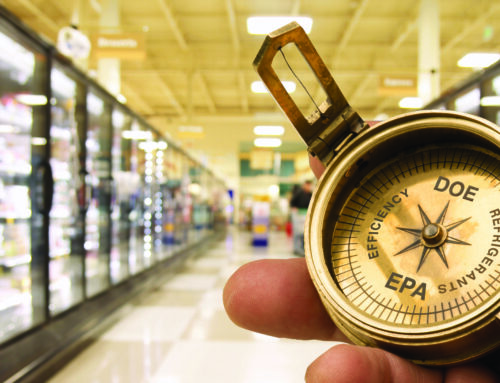As society grapples with a variety of issues to control the spread of pathogens,
breakthroughs in HVAC will be key for indoor gathering spaces.
HVAC has never been more prominent in the arena of public safety. The question of how we attain safe air quality for our indoor commercial, residential, and entertainment centers has enormous importance in the age of COVID-19. With that in mind, the HVAC industry is meeting the challenge through innovation and new technologies. One example is Needlepoint Bipolar Ionization (NPBI).
What is Needlepoint Bipolar Ionization (NPBI)?
NPBI is an Ion Generating technology designed to filter particles and kill pathogens passing through HVACR systems. Using a low voltage charge, NPBI injects a high concentration of + and – ions into the air flow through hundreds of stainless steel needles or carbon fiber brushes. These ions attach themselves to passing particles, making them big enough to be filtered and heavy enough to fall below breathing level. They also block pathogens of life-sustaining Hydrogen. In short, NPBI reduces the overall bioburden coming through an HVAC system, eliminating or damaging sub-micron particles and pathogens alike.
Why is NPBI so Important Today?
Organizations, both public and private, are taking indoor air quality more seriously. In the age of COVID-19, air filtration recommendations are getting stricter and NPBI is a simple way to take your filter from a MERV 8 rating up to MERV 13 quality (a standard in recent guidelines). Its ability to reduce particles and kill pathogens (viruses, bacterias, and molds) makes it an ideal improvement as schools and offices reopen. We expect it to be a breakthrough for medical facilities trying to reduce the spread of COVID-19 as well. In fact, in early trials of Ion Generating Units like NPBIs, hospitals have seen drastic reductions in air and surface contamination by CFUs (Colony Forming Units) and VOCs (Volatile Organic Compounds). Pathogen spread was also minimized by the addition of NPBI units, in some cases cutting detectable pathogens by over 75%.
Outfitting old systems with new technologies can be a heavy burden, but NPBI units have advantages here as well. NPBI is an energy efficient and hassle-free method of improving our indoor air quality. NPBI doesn’t rely on more outdoor air in each building, saving money on make up air units and CO2 sensors. With less equipment using power, NPBI has a lower carbon footprint than alternatives.
It also doesn’t rely on UV lights, which require maintenance, bulb replacement, and monitoring for ozone levels created by the UV bulbs themselves. While a UV light can only affect air that passes within the physical area the light shines, NPBI injects ions directly into the air flow. This means the ions can travel with the air to clean out pathogens at a greater distance and in every nook and cranny of a system. UV bulbs usually need replacing on an annual basis and are harmful for maintenance workers to look at. NPBI units tend to have self cleaning functionality and a lifespan of around a decade.
As the world adjusts to the realities of COVID-19, we all want to feel confident that the air quality of our schools, hospitals, nursing homes, and offices will help keep us safe. NPBI could be a key component of addressing these issues, one that specifically attacks viruses like COVID-19. We’re looking forward to seeing it installed in greater numbers and the clean air results it provides.

